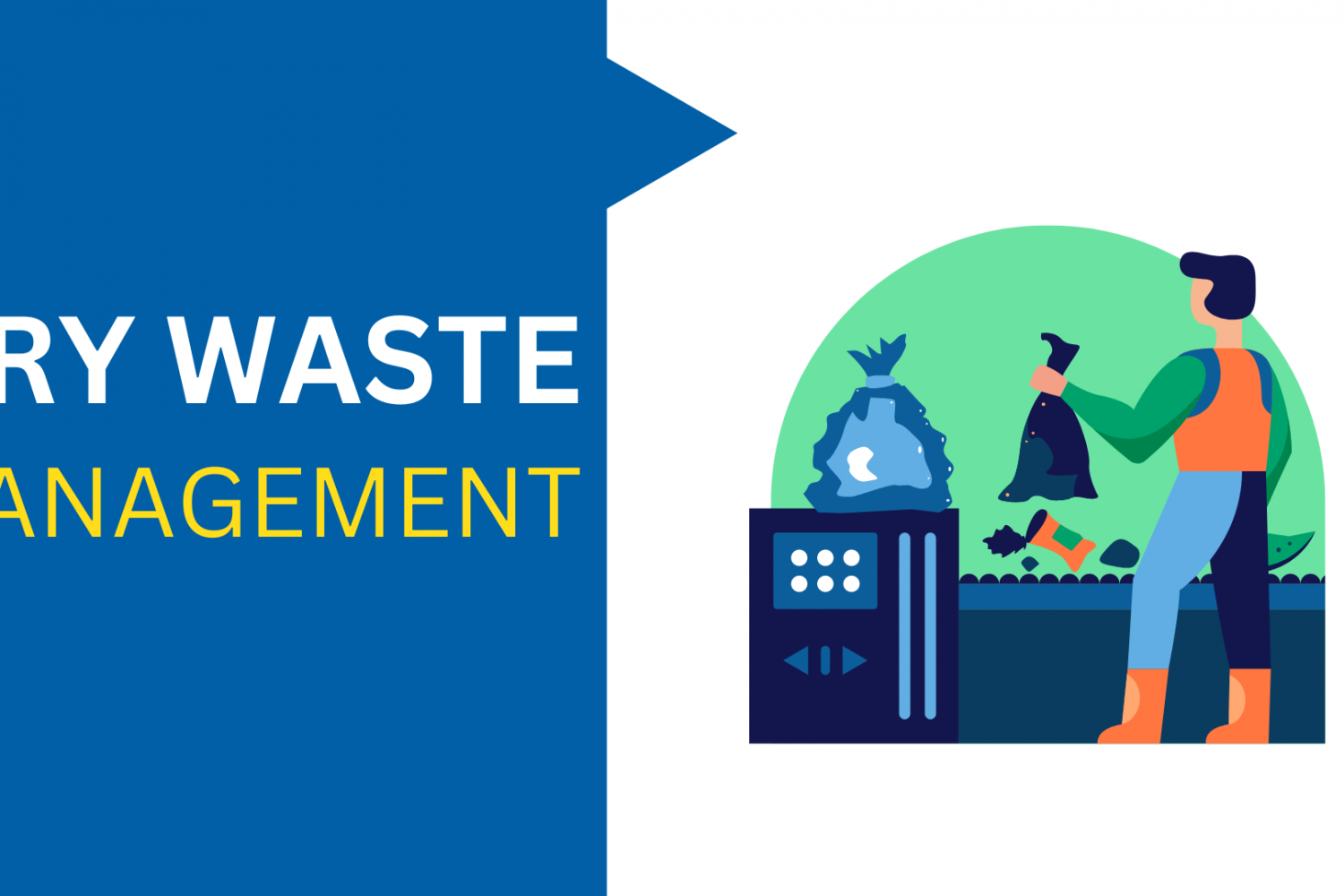I. Introduction to dry waste
A. Definition of dry waste
Dry Waste Management: Dry waste refers to solid, and non-liquid waste that is generated in households and businesses. It includes a variety of materials such as paper and cardboard, plastic, glass, metal, textiles, and wood.
B. Examples of dry waste
Examples of dry waste include newspapers, magazines, office paper, cardboard boxes, plastic bottles and containers, glass bottles and jars, metal cans and packaging, textiles such as clothing and linens, and wood waste such as furniture and construction materials.
C. Importance of managing dry waste properly
Properly managing dry waste is important for both environmental and economic reasons, as well as for the overall well-being of communities.
II. Types of dry waste
A. Paper and cardboard Paper and cardboard make up a large portion of dry waste and include items such as newspapers, magazines, office paper, and cardboard boxes.
B. Plastic Plastic waste includes items such as plastic bottles, containers, and packaging materials.
C. Glass Glass waste includes bottles and jars.
D. Metal Metal waste includes items such as aluminum cans and metal packaging.
E. Textiles Textiles, such as clothing and linens, can also be considered dry waste.
F. Wood Wood waste includes items such as furniture and construction materials.
III. Sources of dry waste
A. Households In households, dry waste is generated through everyday activities such as cooking, cleaning, and consuming products that come in packaging.
B. Commercial businesses Businesses also generate dry waste through their operations and the production of goods.
C. Construction and demolition sites Construction and demolition sites generate dry waste in the form of debris from the building or tearing down of structures.
D. Public spaces and events Public spaces and events, such as parks and festivals, also generate dry waste as a result of the gathering of people in one area.
IV. Options for managing dry waste
A. Recycling Recycling involves collecting and processing materials so that they can be used to create new products. This helps to conserve natural resources and reduce the need for raw materials.
B. Composting Composting is the process of breaking down organic materials, such as food scraps and yard waste, into a nutrient-rich soil amendment.
C. Landfills Landfills are areas where waste is disposed of and covered with soil.
D. Incineration Incineration, also known as thermal treatment, involves burning waste to generate energy.
V. The benefits of properly managing dry waste
A. Environmental benefits Properly managing dry waste has numerous environmental benefits. Recycling and composting help to reduce the amount of waste that ends up in landfills, which can minimize the negative impact on air and water quality. Recycling also helps to conserve natural resources and reduce the greenhouse gas emissions associated with the extraction and processing of raw materials.
B. Economic benefits From an economic standpoint, recycling and composting create jobs and stimulate the economy, as well as reduce the costs associated with waste disposal.
C. Social benefits There are also social benefits to properly managing dry waste. By reducing the amount of waste that ends up in landfills, communities can reduce the burden on local governments, which can lower taxes and improve overall quality of life. In addition, properly managing dry waste can help to educate and engage individuals in the waste management process, fostering a sense of

